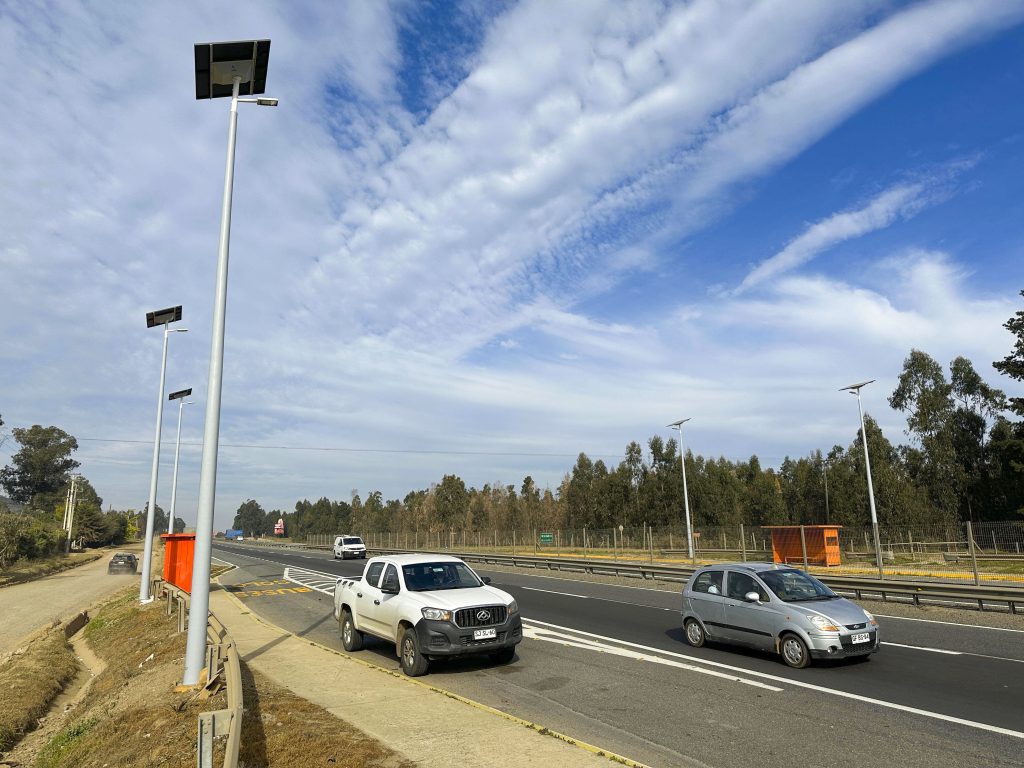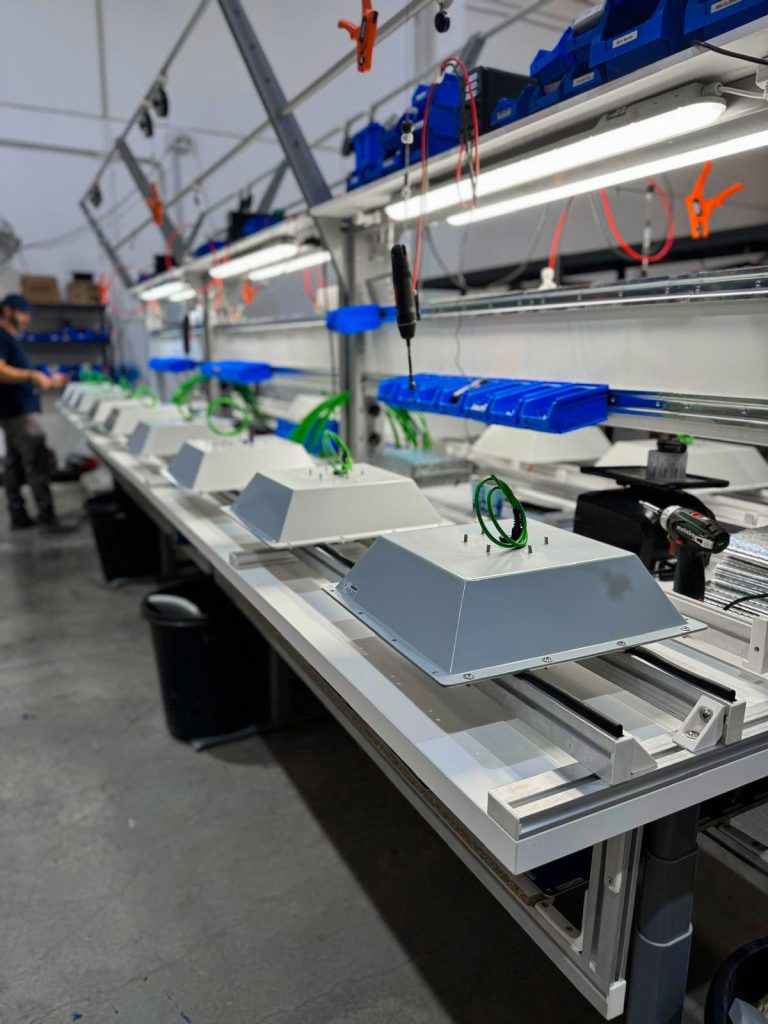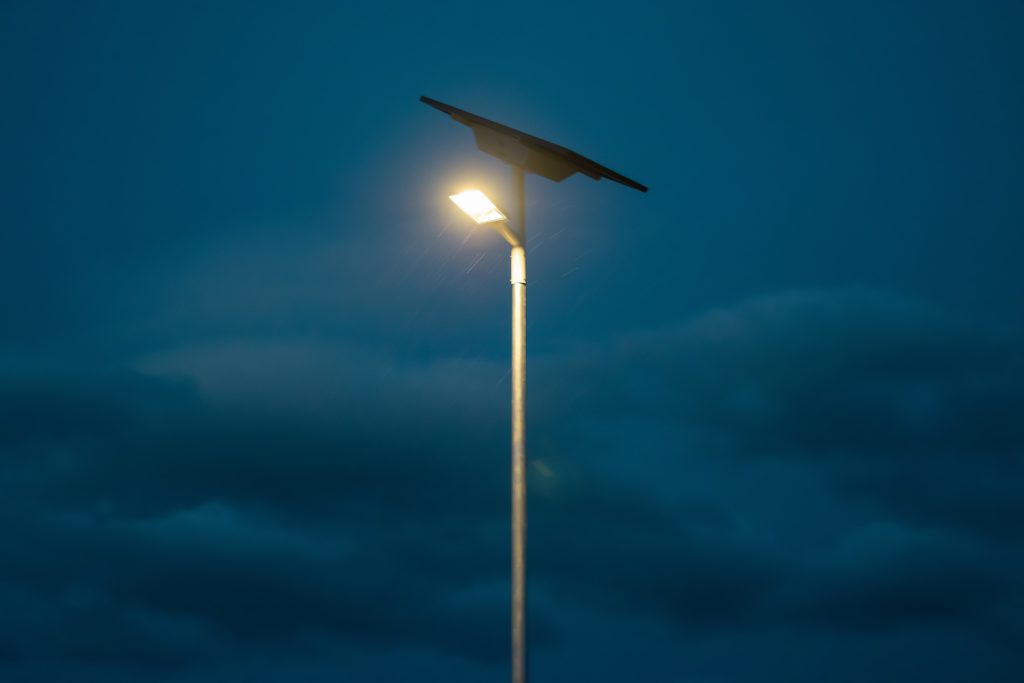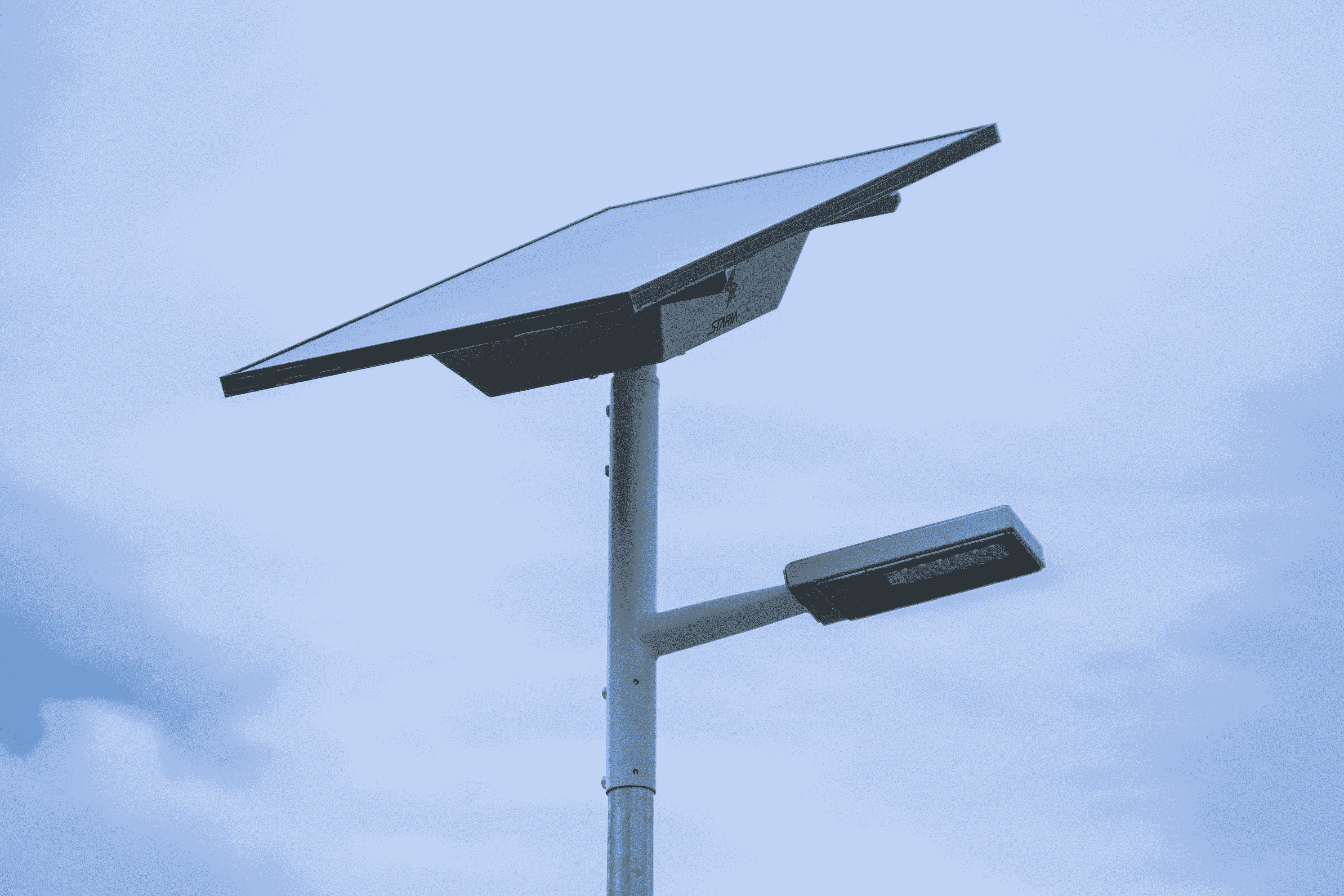September, 2024
Many see a solar streetlight as any other luminaire... Others know that behind that glow there is a whole world of innovation.
But what makes a solar street light so much more than it seems? What is it that we are not seeing? What looks simple is just the beginning of something much bigger.
Introduction
Solar lighting, as its name suggests, is a lighting system that uses solar energy to illuminate. Instead of relying on traditional sources of electricity, this system captures solar energy through photovoltaic panels and stores it in batteries, providing light even at night or on cloudy days.
As well as being an energy-efficient option, solar lighting is transforming infrastructure in many areas, from housing estates to roads. But the story doesn't end there: its impact goes far beyond that.


Environmental Benefits
One of the main benefits of solar lighting is its positive environmental impact. By using solar energy, it drastically reduces dependence on fossil fuels and thus CO2 emissions. According to studies, every kilowatt-hour generated by solar energy avoids the emission of approximately 0.5 kg of CO2 into the atmosphere, adding tangible benefits to the fight against climate change.
But it is not only energy saving. The installation of solar lighting systems requires fewer resources compared to conventional methods. By not needing costs, the construction of trenches to lay cables and the installation of additional electricity poles is avoided.
This not only reduces the environmental impact of the project, but it also reduces the time and cost of the installation. In rural or hard-to-reach areas, this is especially important, as the logistics of delivering electricity can be costly and complex.
Cost Savings
Contrary to what many people believe, solar lighting not only offers long-term savings, but from the very beginning it es the cheapest option.
When eliminating the wiring costs, projects are simpler and cheaper. There is no need to lay kilometres of cable or build expensive infrastructure to feed the streetlights.
Moreover, the savings continue over the lifetime of the system. Solar street lights don't use electricitywhich means that the energy costs are zero.
They also require less maintenance, wich helps in a significant reduciton on operating costs. This double savings (in installation and maitenance) transforms solar lighting in a cheaper and more sustainable option since the beginning.
Technological Innovation
Solar lighting has advanced far beyond simply being a system that illuminates. Thanks to modern technology, solar street lights can include a number of innovations that make them true technology hubs. These lanterns not only provide light, but they also can:
–Be controlled by software: Through mobile applications, Staria's solar lighting systems can be managed remotely. This makes it possible to adjust the intensity of the light, program it to switch on or off and even receive alerts in the event of faults.
– Integrate advanced sensors: They can monitor weather conditions such as humidity, temperature and wind speed. This data not only optimises their operation, but also provides useful information for other urban operations.
– Wi-Fi signal repeaters: In remote areas or housing estates, solar street lights can include antennas that extend network coverage, bringing Wi-Fi to remote areas.
– Surveillance cameras: Thanks to their autonomous energy, solar street lights can be equipped with security cameras, creating surveillance networks in urban and rural areas, without relying on an external energy source. Improving security.
The list of possibilities continues to grow, and more and more uses are being discovered every day that make solar lighting a key part of the smart infrastructure of the future.
Applications
The applications of solar lighting are vast and varied. Here are some of the most common ones:
- Roads: Solar lighting is perfect for roads that pass through remote areas or require an autonomous system to ensure safety at night.
- Housing developments: In residential areas, solar streetlights not only provide light, but also improve the aesthetics and safety of the environment without increasing electricity bills.
- Parkings: Whether in shopping centres or industrial areas, solar street lights guarantee the illumination of large areas without the energy costs associated with conventional systems.
- Rural areas: In areas where electrical infrastructure is limited or non-existent, solar lighting is an ideal solution, providing constant and reliable light.
In addition to these applications, solar street lights can be used on bridges, water purification plants, railway stations and other spaces that require a self-contained lighting system. The posibilities are practically infinite.
Community Impact and Security
Solar lighting is not only an environmentally friendly and economical solution, but also has a positive impact in the community. By improving visibility in streets, parks and public areas, it contributes to the safety of people in both urban and rural areas.
In cities, constant and uninterrupted light improves road safety and reduces accident rates on roads and in high traffic areas. In rural communities, where electricity is limited, solar lighting improves life quality of the residents, allowing night-time activities and reducing the risk of crime.
Conclusion
Solar lighting has proven to be much more than just a light source. Its ability to reduce costs, minimise environmental impact and offer a wide range of applications makes it a fundamental technology for the future of urban and rural infrastructure.
In addition, technological innovation continues to expand its uses and benefits, making solar lighting a key option for those seeking efficient, sustainable and economical solutions.


